Exhibition and Lecture: The Art of Seventeenth-Century Science
Tags: Animals, Book History, Conchology, Gender, History of Science, Illustration, Martin Lister, Natural History, Seventeenth Century, Women
Post updated to include photographs
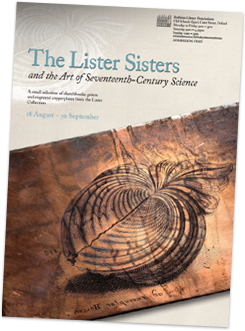 Our Martin Lister Research Fellow Anna Marie Roos has curated a small exhibition entitled ‘The Lister Sisters and the Art of Seventeenth-Century Science’, which will run in the Proscholium of the Old Bodleian Library from 18 August to 30 September (the poster can be downloaded here [pdf]). The free display showcases a unique set of drawings, prints, and copperplates of molluscs and their shells, (re)discovered among the library’s holdings by Anna Marie in 2010, which formed the basis for the illustrations in Martin Lister’s conchological magnum opus, the Historiae Conchyliorum (1685-92). Prepared by Lister’s teenage daughters, Susanna and Anna, the materials shed light on representational conventions within late seventeenth-century natural history, as well as on the gendered nature of illustrative practice in this boom era for lavishly illuminated scientific books. Anna Marie will also be giving a free lecture on ‘The Art of Science: The Rediscovery of the Lister Copperplates’ at 1pm on Wednesday 19 September in the Bodleian’s Convocation House (more info and booking on the library website). Further details of both events on The Conveyor.
Our Martin Lister Research Fellow Anna Marie Roos has curated a small exhibition entitled ‘The Lister Sisters and the Art of Seventeenth-Century Science’, which will run in the Proscholium of the Old Bodleian Library from 18 August to 30 September (the poster can be downloaded here [pdf]). The free display showcases a unique set of drawings, prints, and copperplates of molluscs and their shells, (re)discovered among the library’s holdings by Anna Marie in 2010, which formed the basis for the illustrations in Martin Lister’s conchological magnum opus, the Historiae Conchyliorum (1685-92). Prepared by Lister’s teenage daughters, Susanna and Anna, the materials shed light on representational conventions within late seventeenth-century natural history, as well as on the gendered nature of illustrative practice in this boom era for lavishly illuminated scientific books. Anna Marie will also be giving a free lecture on ‘The Art of Science: The Rediscovery of the Lister Copperplates’ at 1pm on Wednesday 19 September in the Bodleian’s Convocation House (more info and booking on the library website). Further details of both events on The Conveyor.
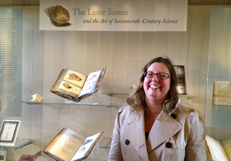
Anna Marie in front of the display

Lecturing in Convocation House
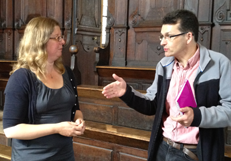
In conversation with Stephen Johnston
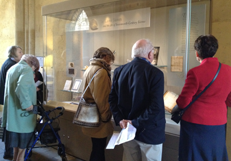
The exhibition proves a hit

 In commemoration of the 300th anniversary of the death of
In commemoration of the 300th anniversary of the death of 




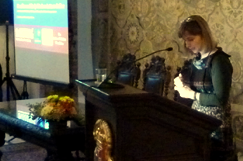
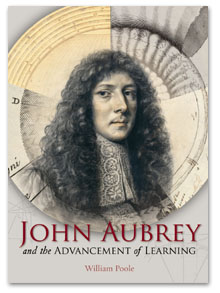
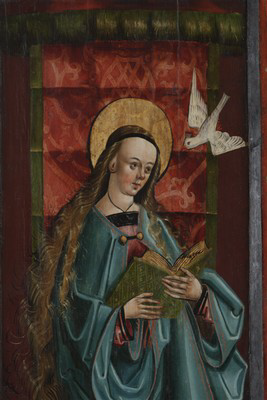 A new exhibition on ‘Art of the Bohemian Reformation, 1380-1620′, curated by our
A new exhibition on ‘Art of the Bohemian Reformation, 1380-1620′, curated by our 
 Join
Join 